Photographing Swimmers
By Ken Kiefer
Underwater photography became a passion of mine through a desire to share the beauty of the underwater world with friends and family that weren’t lucky enough to experience it for themselves. In between dive trips, I was constantly trying to think of ways that I could improve my images, so I started experimenting with some lifeguards and swim team athletes in a local swimming pool.
Getting quality shots of very fast-moving swimmers was wonderful practice to enhance the quick acquisition of subjects in regards to composition and settings. It was especially helpful in allowing me to know every piece of camera gear inside and out and which settings are best depending on the light’s source and direction.
Finding Swimmer Subjects to Photograph
Starting with anyone who I could talk or bribe into helping me practice transitioned quickly into a way to help pay off some of the expensive gear as people starting showing others the images. Through social media swimmers became aware that they no longer had to be satisfied with posing on the blocks or bleachers for their team pictures. And, like land-based sports, they could display action shots from a completely new angle—underwater.
The images provide their own form of advertising because not a lot of people have seen themselves from this angle. Providing quality high-resolution images with great detail is a wonderful way for parents and athletes to capture a memory and share with others. In order to provide confidence to parents and coaches of swimmers, I became a member of USA Swimming, which involved courses in Athlete Protection Training to raise awareness and prevent abuse involving athletes. This also requires a federal background check as an added measure of protection for the swimmers and gives them a level of confidence in you.
Equipment for Photographing Swimmers
I’ve used a great variety of gear through the years to shoot in the oceans as well as in swimming pools. The more I shoot, the more I’ve narrowed down what it is that fits my style best and swimmers as subjects. Thank goodness for the move to DSLRs, because changing film every 36 shots just wouldn’t work for this kind of photography.
I currently use a Canon EOS 5D Mark III in an Ikelite housing. I have slowly narrowed my lens choices to one fisheye and one rectilinear. I use both of them regularly, depending on the look that I’m going for, and if pushed to choose, I would go with the fisheye (but just by a tiny margin). Sometimes, you may not want the bend that the fisheye creates in lane lines of the pool but it’s generally not a problem at all. Another item that helps this type of shooting would be large/fast memory cards. In some cases, I’ve taken over 1,800 shots in a day.
I use a pair of Ikelite DS161 strobes most of the time. In outdoor locations, it’s possible to freeze the speedy swimmers with natural light and a fast shutter speed, but even then I prefer to have a little bit of light from the strobes to bring out the detail and the bubbles/splashes underneath. Indoor locations are notoriously poorly lit and would be tough without strobes. I’ve shot with single strobes many times, and just find it easiest to use two to eliminate harsh shadows and provide even lighting across the subject.
I’ve shot teams with scuba gear and with just a mask, depending on number of swimmers, depth and time. Each situation requires different methods. Scuba gear is handy when it’s a familiar team and the swimmers are more mature and understand what you want from them. It’s possible to stay under and have them swim over in a steady train. This, however, doesn’t work best when you need to communicate instructions often. In those situations, I’ll use mask and fins to chase down each swimmer and explain what I’m looking for each shot.
Planning Your Swim Shoot
If you shoot any type of photography enough, you will run into a variety of issues. The extensive equipment involved combined with weather and children and swimming pool maintenance will insure that things won’t always go as planned. But a good plan takes into account as many things as possible and provides alternatives. Whenever possible, I scout an unfamiliar swimming pool to take into account the best areas based on the amount of available light and the depth (or proximity from the bottom to the swimmers at the surface).
One constant with shooting swim athletes is a need to be in shape yourself. I’ve compared swimming quickly with my rig to riding a bike into the wind with a piece of plywood: It’s quite a workout! Keeping up with the swimmers takes a lot of practice and knowledge of the strokes to put yourself in the right position. Each stroke has a sweet spot that enables you to see their face/arm position/action in the best manner.
Swimmer Photography Techniques
Composing effective action shots requires positioning yourself correctly. For most freestyle and streamline, I like to be a little in front of the swimmer and down at about a 45-degree angle, shooting upwards. This also can be a good angle for breaststroke and butterfly, but for those I also like to get directly in front of the swimmer once I’ve gotten a good idea of their speed and rhythm. It takes good teamwork for this to work to make sure you don’t get run over! Swimmers cover the 3–5 foot window in a split second and you don’t want anyone hurt in the process.
You will want the swimmer 3–5 feet from your lens because of the light loss in water. It’s also critical to make sure that the swimmer’s face is in the water within that space, which can take a while to master. As a side note: Hours and hours of practice with my equipment and speedy swimmers has had a great side benefit for me. I have become very familiar with my gear and can usually frame a shot without pasting my eyeball to the viewfinder. This is incredibly helpful with my other underwater love: photographing sharks. While swimming with sharks, you cannot (safely) spend your time changing settings or staring through the viewfinder. You have to continually look in all directions to see where the animals are approaching.
To make shots stand out, I’ve used backlighting outside the water to provide a glow. Also, making sure the area behind the swimmers is free of debris, other swimmers, or pool lights will help the subject pop.
Final Thoughts
I really enjoy experimenting with lighting and angles to see how the variety may look in a final image. Adjustments in color and contrast add your own personal style to images as well. Creating your own style provides a nice twist and gives a personal pride to all of your images. I can’t stress enough that nothing improves image creation more than practice. It’s boring and painful to hear this, but it’s the truth. I embrace any time I can gain in the water as more education and more time doing what I love.
RELATED CONTENT
Featured Photographer
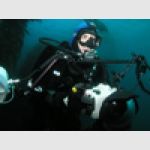
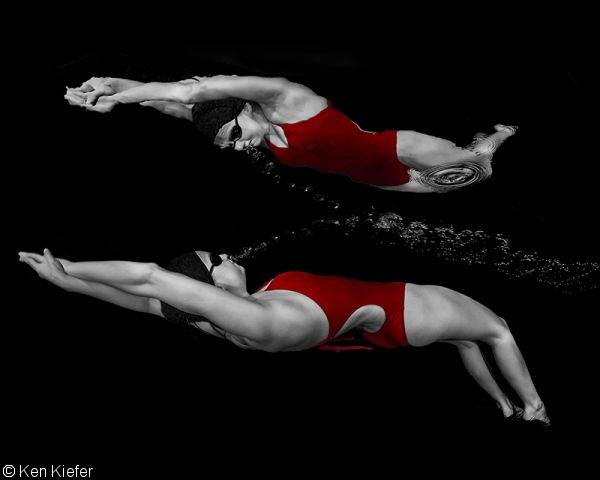
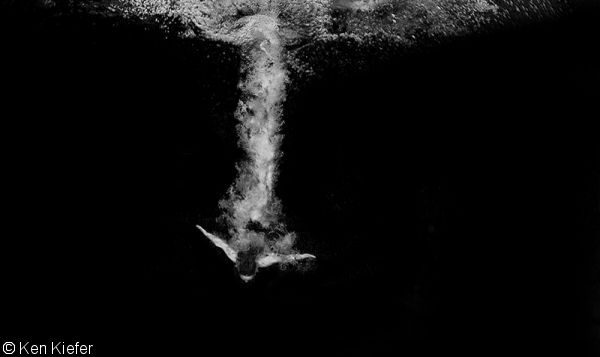
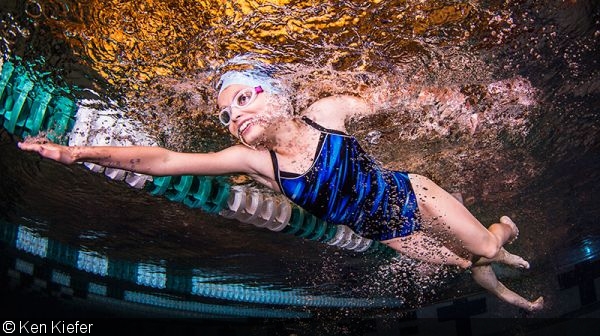
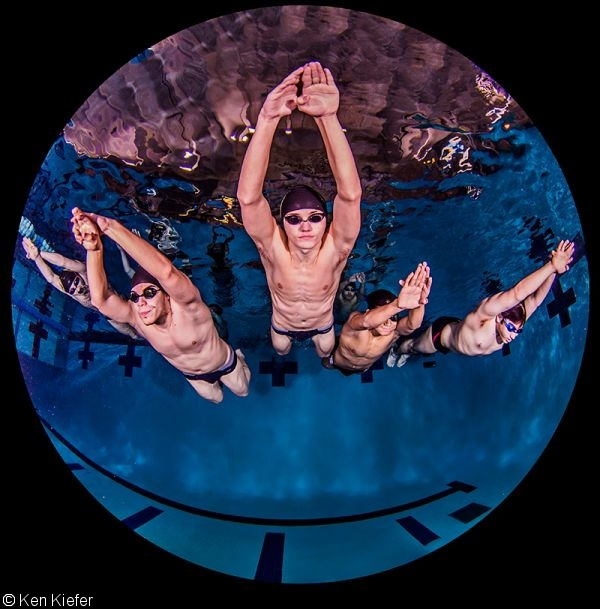
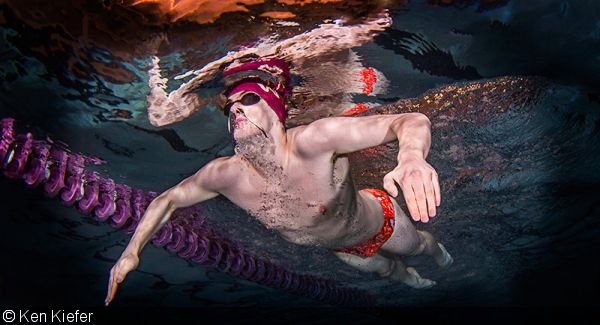

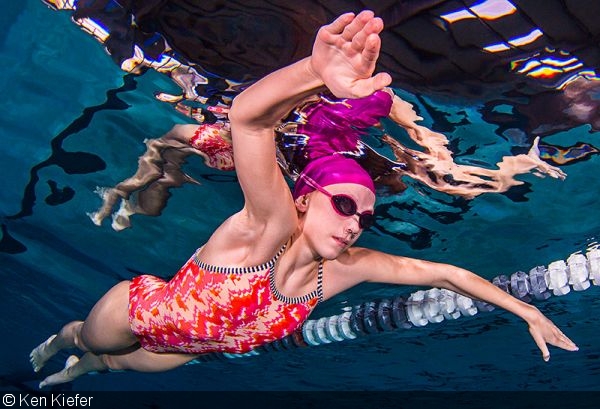
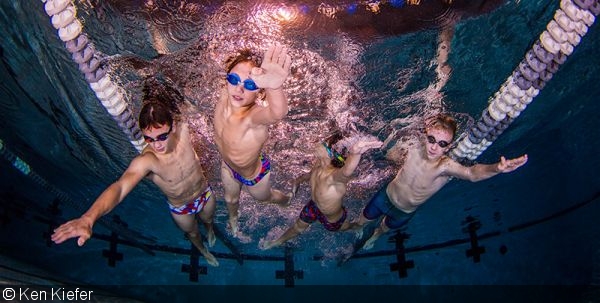
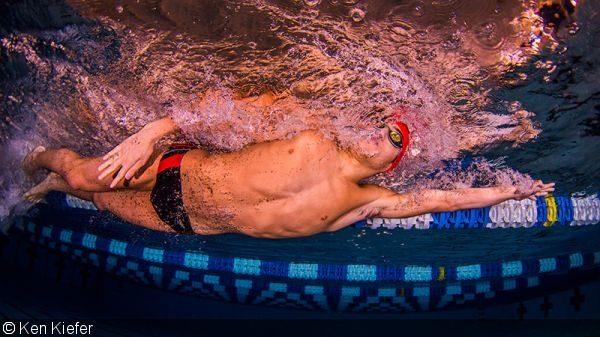
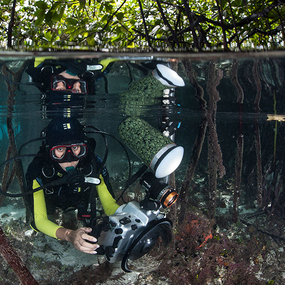
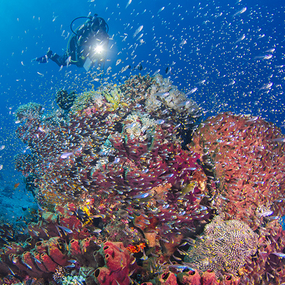
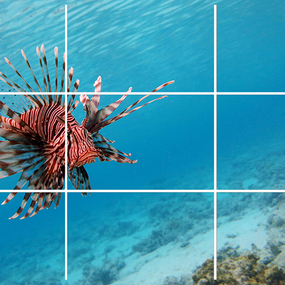

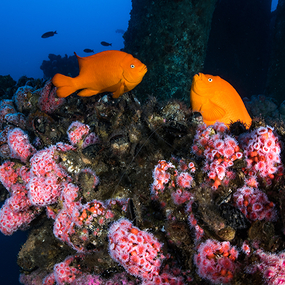
 Antarctica
Antarctica




